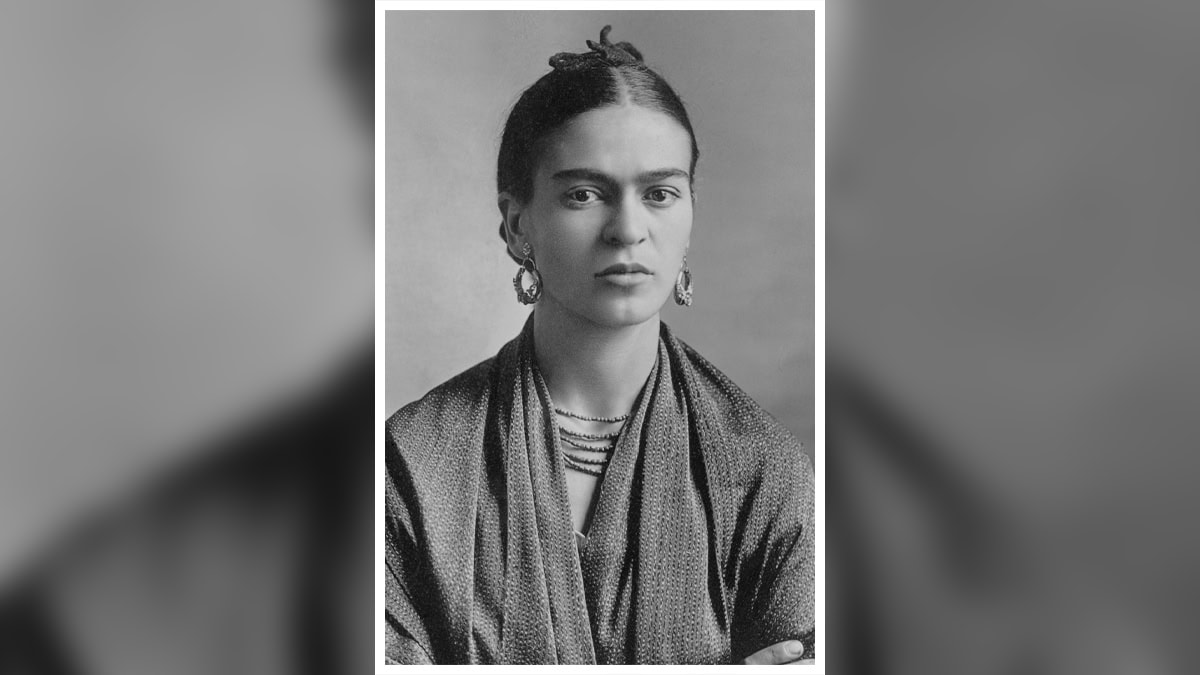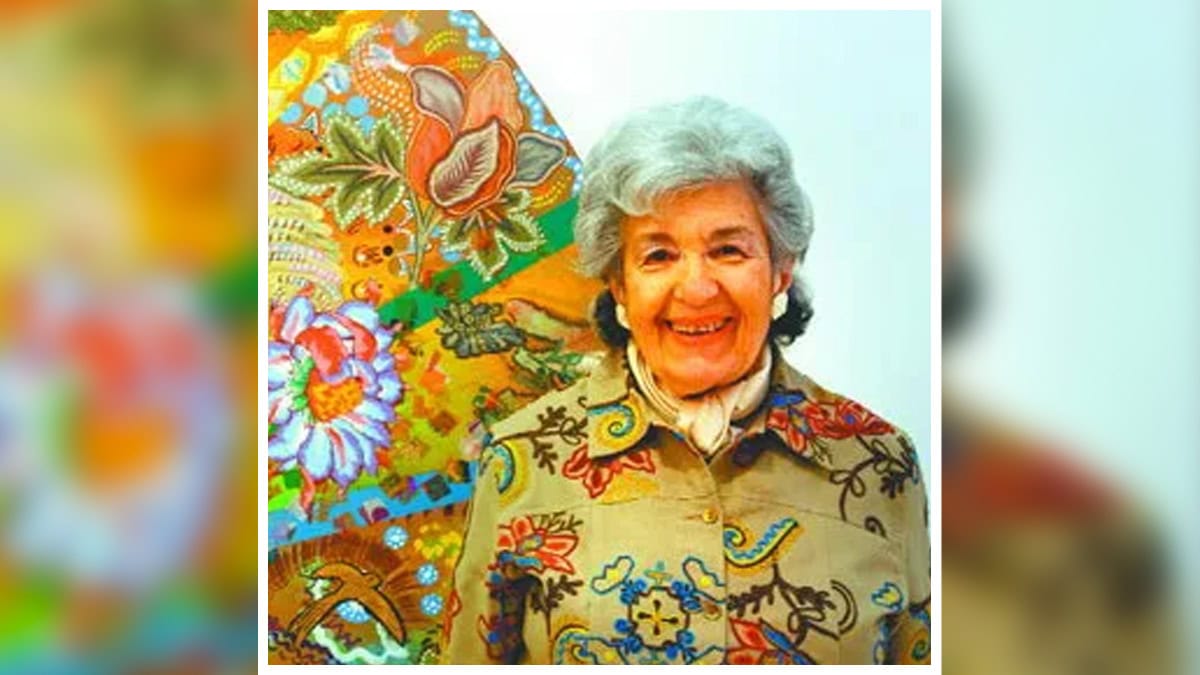There once was a time when the art community was a male-dominated space.
Women were not appreciated in the art community and often were suppressed and looked down upon.
The feminist art movement was a rebellion in the art community.
In the late 90s and early 20s, women artists worldwide started to challenge and question the long-standing norms of art society.
Their main motto behind the movement was to push back against the stereotypes.
It was about time that women worldwide tackled issues like gender, sexuality, and identity through bold, provoking works.
To be very specific, this movement wasn’t just about creating art; it was about creating a difference.
Let us read in detail about the famous feminist art movement.
What is Feminist Art and Its Significance?

Feminist art, starting in the 1970s, was a response to the lack of women in the art world.
It allowed women to challenge stereotypes and speak out about issues like gender equality and power.
It was through their art that feminist artists explored topics like identity and sexuality that broke away from traditional art.
The feminist art movement helped change how we think about art and the role of women in both the art world and society.
In the 1970s, the women artists who felt left out and who were passionate about art were pushed back, and the feminist art movement began.
The movement’s legacy kept on influencing contemporary art, empowering artists to explore gender, identity, and social justice in new and innovative ways that were backed up by art.
Famous Feminist Artists
Feminist artists have made a powerful impact on the art world by challenging traditional gender roles and giving women a voice through art.
Through their creative works, they’ve explored the unexplored that helped in shaping modern art for women.
So, let us read about 4 famous feminist artists who risked it all for the justice of art.
1. Georgia O’Keeffe

Georgia O’Keeffe was one of the most famous American artists connected to the feminist art movement, even though she didn’t label herself as a feminist.
She is best known for her large, close-up paintings of flowers, bones, and desert landscapes.
Her flower paintings, like Black Iris (1926), Red Canna (1923), etc., were bold and sometimes seen as sensual, showing power instead of weakness.
Her contribution to the feminist art movement was through her unique exploration of female identity and her refusal to follow traditional gender roles.
She succeeded in the male-dominated art world and also inspired many women artists to express their creativity freely.
O’Keeffe showed that women could make powerful and meaningful contributions to the art world and challenge society’s way of thinking.
2. Frida Kahlo

Frida Kahlo—the name itself is so powerful that it barely needs an introduction.
Anyone who is interested in art or is deeply involved in it knows about Frida Kahlo and her paintings.
She was one of the most celebrated feminist artists, known for her deeply personal and controversial artworks.
She painted about her pain, struggles, and experiences as a woman and made her way into the feminist art movement.
Kahlo’s work is so powerful because of how she challenges traditional views of women.
In her self-portraits, she often portrayed herself with a unibrow or dressed in men’s clothing.
At that time, these traits were defined as masculine. She didn’t shy away from showing both her vulnerability and strength, which allowed her to speak for many women who felt their existence was ignored.
Frida’s fearless approach to art made her a symbol of bravery, not just in the art world but in a society that was male-dominated.
Her famous pieces, like The Two Fridas, Self Portrait with Thorn Necklace, and Hummingbird, famously represent her battles with health problems and rocky relationships with her husband.
Frida’s legacy continues to inspire worldwide artists and even the activists who fight for women’s rights and gender equality in modern days.
3. Miriam Schapiro

Miriam Schapiro was an important feminist artist who played a key role in the feminist art movement.
She co-founded the feminist art program at the California Institute of the Arts and used her art to explore themes of gender and identity.
Scharipo is known for combining traditional crafts like quilting with fine art.
Her art challenged the idea that women’s work, especially in domestic crafts, wasn’t valued in the art world.
She also helped change how women’s art was seen and inspired future generations of women to express themselves through their creativity.
One of her famous art series, “Kitchen Table Series,” focused on women’s experiences and roles in society.
4. Louise Bourgeois

Louise Bourgeois was one of the most famous and influential feminist artists known for her emotional artwork.
She explored topics like trauma, sexuality, and relationships.
Like Frida, much of her art was inspired by her own life, including her difficult childhood and family struggles.
Bourgeois used her art to share deeply rooted feelings, challenging the way women were usually seen in art.
Her work helped women feel free to express their own emotions and stories.
To this day, her art continues to inspire other artists and share their personal experiences.
One of her famous artworks is Maman, which is a giant spider sculpture that represents motherhood, strength, and fear.
Conclusion
This was about the feminist art movement and the leading ladies who shaped it during the initial years.
It is safe to say that a huge shoutout goes to the women who worked their way tirelessly in this male-dominated field back in the day.
So that women in modern society can create art without any restrictions.
The feminist art movement was not only about creating art; it was a movement of rebellion through which women rejected traditional norms that defined “femininity.”
In this blog, I have talked about 4 of the leading ladies from the feminist art movement but more women shaped this movement.
If you like this blog, then do leave a comment and let me know so that I can research and curate a blog based on the artists of the feminist art movement.
That is it for this blog; see ya later!





